Elevating Theater Lighting with Simple Lighting’s LED Solutions
Do you often go to the theater to watch plays? Isn’t it fascinating to witness the magic unfold, creating fantasies and epic narratives that are awe-inspiring, all without the need for editing and image processing? The theater holds a particular charm, and once you’ve experienced it, you’ll be hooked. Lighting is an essential component of theater, as it can alter the mood, atmosphere, and emotions of a scene. There are many fixed installations used for theater lighting, making it one of the most technical aspects to handle. From practical fixtures like spotlights, floodlights, and cyclorama lights to colored gels and gobos, everything is meticulously planned before the curtains rise. Selecting the right lighting for a theatre stage is crucial for creating the perfect atmosphere, enhancing performances, and captivating audiences. Whether it’s a small community theatre or a grand broadway production, the right lighting can make all the difference.
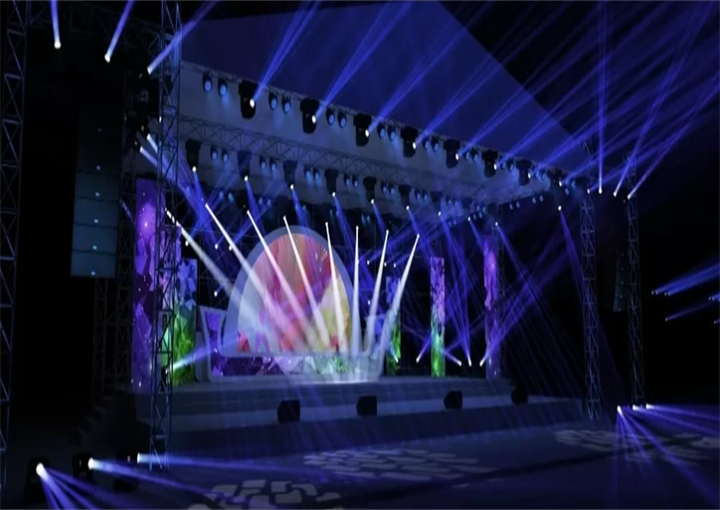
What Kind of Factors Are Considered ?
Understand The Basics:
Before diving into the specifics, it’s essential to grasp the fundamental elements of stage lighting. This includes understanding terms like intensity, color temperature, angle, and directionality. Familiarize yourself with different types of lighting instruments such as spotlights, floodlights, and cyclorama lights.
Consider The Venue:
The size and layout of the venue play a significant role in determining the type of lighting equipment you’ll need. Larger theatres may require more powerful fixtures with longer throw distances, while smaller venues may benefit from compact and versatile lighting solutions. Assess the venue’s electrical infrastructure to ensure it can support your lighting setup.
Determine Your Lighting Goals:
What mood or atmosphere are you trying to create? Are there specific scenes or moments that require special lighting effects? Define your lighting objectives early in the planning process to guide your equipment selection and programming decisions. Collaborate closely with directors, designers, and performers to align lighting with the overall artistic vision.
Choose The Right Fixtures:
Selecting the appropriate lighting fixtures is crucial for achieving your desired effects. Consider factors such as brightness, color rendering capabilities, beam angle, and versatility. LED fixtures are increasingly popular due to their energy efficiency, color flexibility, and long lifespan. However, traditional incandescent and halogen fixtures still have their place in certain applications.
Create A Lighting Plot:
Develop a detailed lighting plot that outlines the placement and function of each fixture throughout the performance space. This plot should take into account key elements such as stage blocking, set design, and sightlines. Use lighting design software or traditional drafting techniques to visualize your plan and communicate it effectively with your team.
Prioritize Flexibility And Control:
Invest in a lighting control system that offers flexibility and precision. This could range from a basic manual console to a sophisticated computerized system with programmable cues and effects. Ensure that your control system allows for real-time adjustments during rehearsals and performances, giving you the freedom to adapt to changing conditions.
Embrace Creativity:
Don’t be afraid to think outside the box and experiment with unconventional lighting techniques. Whether it’s using gobos to create intricate patterns, incorporating moving lights for dynamic effects, or leveraging projection mapping for immersive visuals, innovation can elevate your production to new heights. Encourage collaboration and exploration among your creative team to discover unique lighting solutions.
Test And Refine:
Finally, conduct thorough testing and rehearsal sessions to fine-tune your lighting design. Pay attention to factors such as color balance, shadow play, and overall coherence. Solicit feedback from performers, technicians, and audience members to identify areas for improvement. Remember that lighting design is an iterative process, and refinement is key to achieving excellence.
How To Select Theatre Lighting ?
Determine the specific requirements of the production or event. Consider factors such as the type of performance (play, musical, dance, etc.), the mood or atmosphere desired, the venue size and layout, and any special effects or scenes that require specific lighting. Analyze the script or program to identify key scenes, moods, and transitions that may require different lighting setups. Pay attention to the emotional and thematic elements of each scene to determine appropriate lighting cues. Select lighting instruments that best suit the needs of the production. Consider factors such as the beam angle, brightness, color temperature, color mixing capabilities, and control options (manual or automated). LED fixtures are becoming increasingly popular due to their energy efficiency, versatility, and color options.
Ensure that the lighting setup complies with safety regulations and guidelines, including electrical codes, fire safety regulations, and venue-specific requirements. Properly secure and maintain lighting fixtures to prevent accidents or malfunctions during performances. Document the finalized lighting plot and settings for future reference. This documentation should include information on fixture placement, cue lists, color choices, and any special effects. Saving this information will facilitate easier setup and troubleshooting for future productions.
1000w
Can I Have a Sample Order for an LED DJ Light?
Sure, sample order are welcome to test and check LQE quality. Mixed samples are acceptable.
Does LQE Offer a Stage Light Design Solution?
LQE experienced team glad to supply a stage lighting configuration design solution or suggestion for projector who don’t have much experience in lighting design, project, theatre and studio.
Do You Supply After-Sale Service?
LQE lighting offers 7x24 hrs systematic SOP customer support with dedicated personnel, ensuring quick and comprehensive assistance for stage lighting needs.
Distributor
Is there a minimum order quantity (MOQ) to become a distributor?
MOQ requirements vary based on the product line and market region. However, for long-term distribution partnerships, we are flexible and can start with a trial order to build trust.
What are the advantages of becoming an LQE distributor?
Access to high-performance, patented lighting products
Competitive factory pricing and excellent profit margin potential
Strong R&D capabilities with 80+ national patents
Reliable production capacity: 100,000 units annually
Dedicated account manager to support your growth
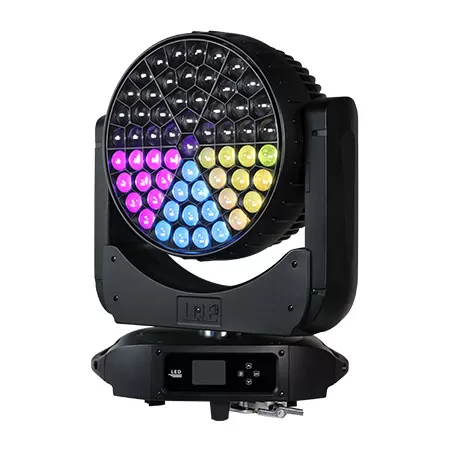
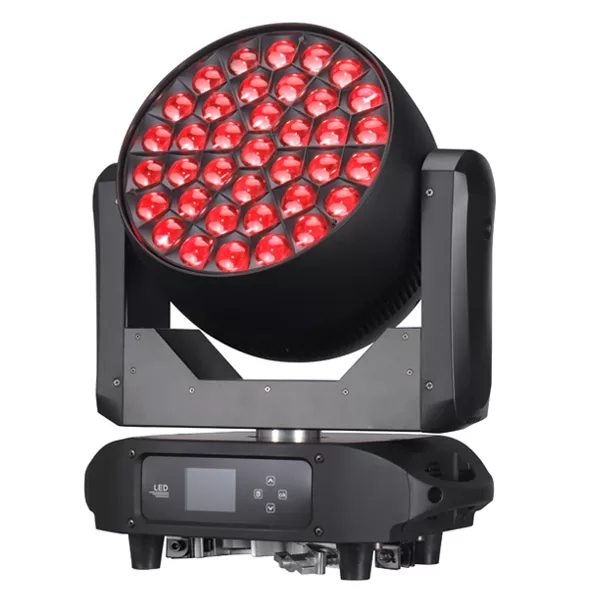
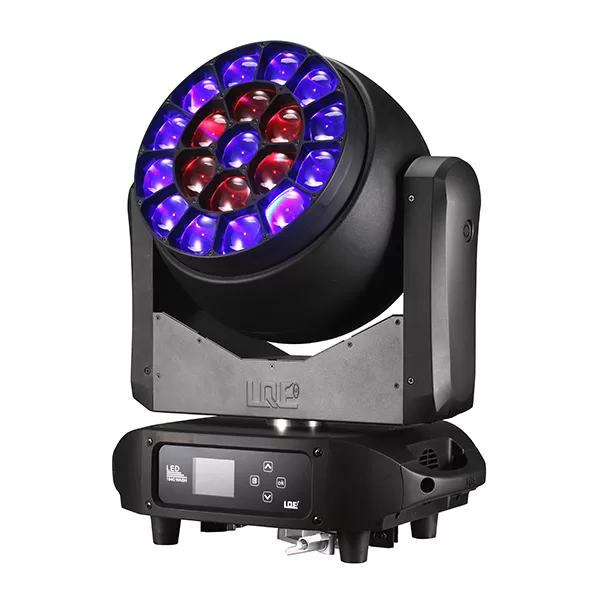
Want to learn more information?
[Reach out to us and receive professional guidance, a personalized quote, and the best solution for your needs.]

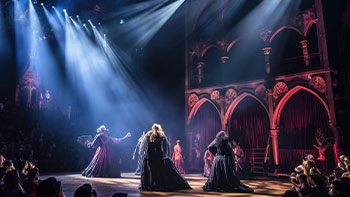
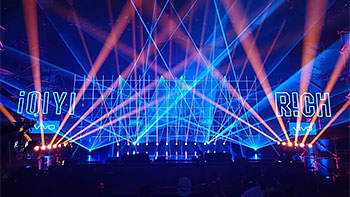
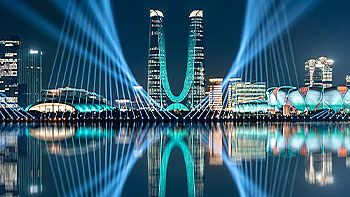
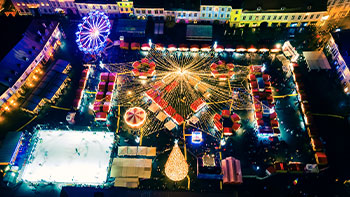
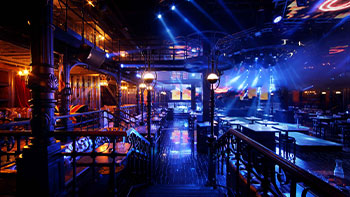
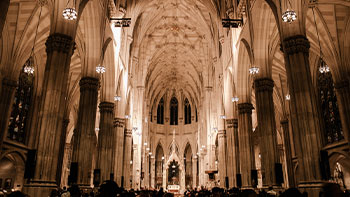







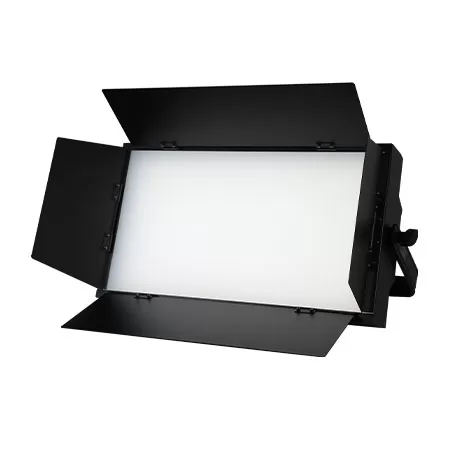
Linkedin
YouTube
Whatsapp: +8618924548390
TikTok